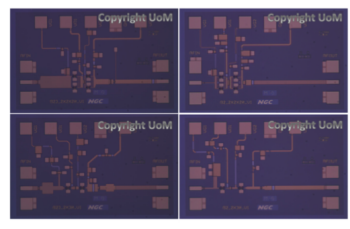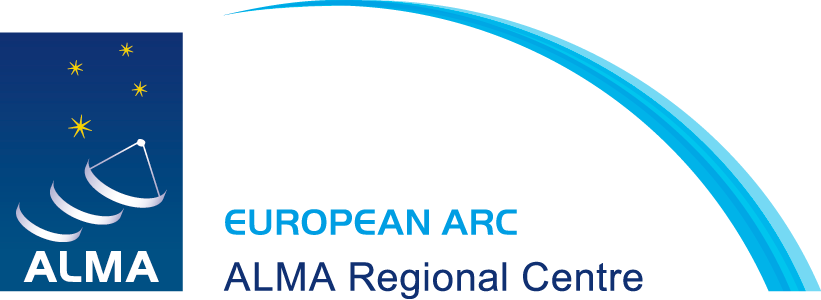InP MMIC LNAs for ALMA Band 2+3: Pushing the Noise Limit
Principal Investigator: Gary Fuller
Institute: University of Manchester, United Kingdom
Abstract:
There is currently no agreed plan for making the frequency range 67GHz to 84GHz available with ALMA. This frequency range is particularly significant for studies of the deuterium chemistry which probe the evolution of the densest, most quiescent star forming gas and for blind redshift surveys of galaxies. This frequency range is also important for the study of the evolution of both the cool gas and the dense gas reservoirs in galaxies as the star formation rate declines from its peak. Previous work has demonstrated the feasibly of producing a single, LNA based receiver which covers the whole atmospheric window from 67GHz to 116GHz, combining ALMA Bands 2 and 3. We have recently produced the first generation of MMIC low noise amplifiers (LNAs) from the NGC In P35nm process for this Band 2+3 frequency range. These devices deliver world-leading noise-band width performance but they do not yet fully match the mover the entire Band 2+3 range. Here were quest funding to evolve our designs to improve their performance so that fully match the ALMA requirements.


